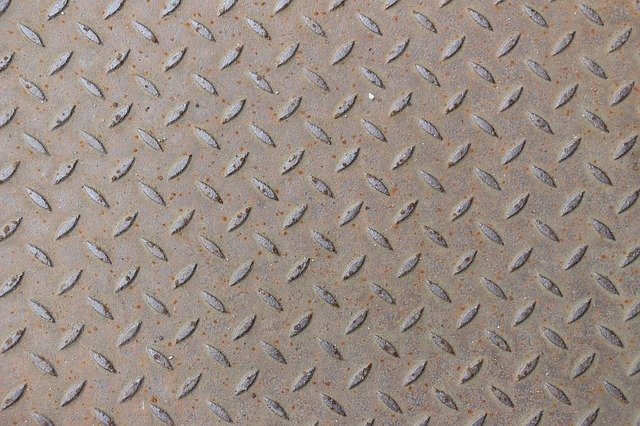Mild steel is a very popular product with a multitude of applications in construction, manufacturing, architecture, machinery, gardening and almost every walk of life.
Mild steel is also referred to as carbon steel or plain steel. It is best known for strength, durability and being very usable in the right hands. It’s an exceptionally popular material that can be found almost everywhere you look.
What is mild steel made of?
Despite being called carbon steel, there is very little carbon in it. Between 0.16% and 0.29 % to be precise. That carbon, along with iron, combine to give us a very accessible metal that can be manufactured in volume to a very high quality.
Steel has a high melting point, around 1500°C thanks to this low carbon content. That makes it ideal for heating, forging, welding and other heat-intensive processes.
There are three ‘grades’ of steel, low carbon, medium carbon and high carbon.
- Low carbon steel contains up to 0.30% carbon and is often used for sheet material, strip material, rolled steel and steel beams.
- Medium carbon steel contains between 0.30% and 0.60% and is used for products that require shaping such as car panels, gears and components.
- High carbon steel contains between 0.60% and 1% carbon and is used for fine components such as springs, wire, mesh and other products.
The properties of mild steel
So, we know what mild steel is and what it’s made of, but what are its properties?
Mild steel is:
- Affordable – mild steel can be manufactured in volume from low cost materials so tends to be very competitively price.
- Easy to weld – The low carbon content means it can cope with the higher temperatures of welding.
- Easy to work with – Mild steel can be turned into almost anything from steel wire to car panels.
- Magnetic – The high iron content means steel is very magnetic which can benefit some manufacturing processes.
- Accessible – Steel is simple to manufacture so it is readily available in a number of shapes, sizes and configurations.
How is mild steel manufactured?
There are a couple of specific stages in steel manufacture. They are primary steelmaking and secondary steelmaking.
Primary steelmaking
Primary steelmaking involves a blast furnace and the mixing of iron ore with coal and lime. It is heated to a very high temperature until molten. This process leaves between 4-4.5% impurities in the steel so a further secondary process is required to remove those impurities and make the steel ready for use.
Without this second process the steel would have too much carbon and be quite brittle.
The next stage of primary steelmaking takes the molten metal from the primary process and uses one of two methods to refine it. Those methods are Basic Oxygen Steel making (BOS) and Electric Arc Furnaces (EAF).
Basic Oxygen Steel injects oxygen into the liquid to force out impurities. Once the impurities are reduced to 0.5% or 1.5%, the metal moves onto the next stage.
Electric Arc Furnaces uses an electric arc furnace to heat the metal mixture to 1600°C. Recycled steel is also added to help recycling. The metal remains in the furnace until the impurities have been flushed out.
Both methods can also include recycled steel added before each process to help reuse old metal.
Secondary steelmaking
Secondary steelmaking uses degassing, stirring, ladle injection or argon bubbling to further refine the steel until it is the perfect composition.
A key part of secondary steelmaking is deoxidisation. The removal of oxygen from the steel to prepare it for its various uses. This process can result in a mix of rimming steel, capped steel semi-killed steel and killed steel.
Once past this stage, the steel is ready for casting. This is where the metal is formed into the desired configuration. This process uses moulds. The molten steel is poured into the moulds and allowed to cool. Once cooled, it can be cut into shape.
Once the mild steel has been shaped, first forming can happen.
First forming of steel
First forming turns the billet, slab or bloom of steel into shape. It can be rolled into sheets using hot or cold rolling, formed into tubes, girders or whatever form the final product will require.
Once formed, the steel is then cut, shaped, machined, jointed and coated and prepared ready for the user.
Further mild steel treatments
Up until now, the foundry will have managed all the stages of mild steel production. Now it’s time for metal processors to do their work. This is where the steel can be galvanised, annealed, normalised, heated treated, quenched and surface treated depending on the end product.
Once treated, the mild steel will be cut, shaped, stamped and turned into the many products you see here at Buy Metal Online!


